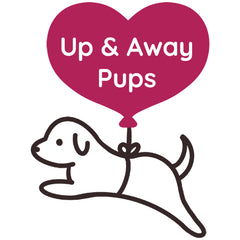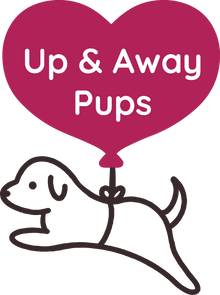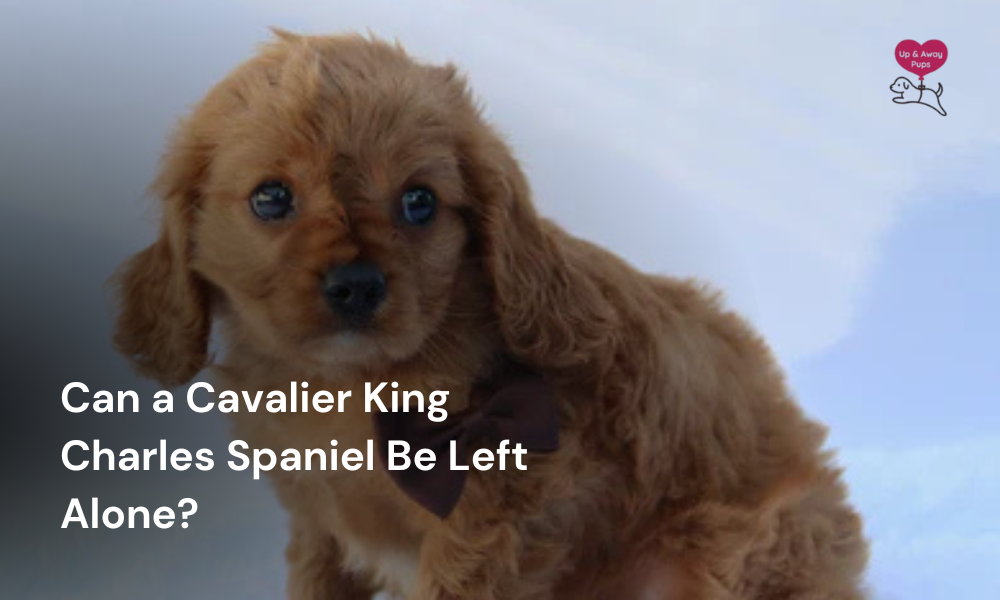Can a Cavalier King Charles Spaniel Be Left Alone?
Cavalier King Charles Spaniels can be left alone, but their history as companion dogs means they thrive on human company. Adult Cavaliers may handle short periods alone, while puppies and seniors need more care and shorter breaks. Signs of separation distress include barking, chewing, or pacing. With training, enrichment toys, exercise, and predictable routines, Cavaliers can adapt to alone time more easily. Outside help like dog walkers or daycare can also make a difference. Preparation and gradual training ensure your Cavalier stays content and stress-free.
The short answer is that yes, a Cavalier can be left alone. However, how long? Well, that depends upon age, health, training, and the dog’s personality.
You see, Cavaliers were bred to be companion dogs, so they love company and often form tight bonds with their family. That means many Cavaliers dislike being alone for hours on end and can show signs of stress when left too long.
However, sometimes we need to leave are dogs alone. So, in this blog, we’ll cover realistic timelines of leaving your pup alone, explain puppies and senior dog needs, how to spot separation distress, and practical ways to make alone time safer and calmer.
Why are Cavaliers different from some breeds?
If we read The History of the Cavalier King Charles Spaniel, we’ll find that these dogs used to be royalty, a companion to the monarchy. So, they’re quite used to human contact and actually enjoy being where people are and often follow their owner from room to room. Because of that close attachment, a Cavalier that is suddenly left alone can get anxious faster than a more independent breed.
Now, with that said, this doesn’t mean that the Cavaliers aren’t independent. These dogs can adapt, and many have done so with gradual training and consistent routines. The key is to set expectations early and to build confidence in small steps.
How long can you realistically leave a Cavalier alone?
Going by the guidance provided by animal welfare groups, vets and experience, the amount of time any dog can be left alone varies with their age. A good working rule is this: Aim for no more than four hours at a stretch for many adult dogs. Some healthy adults may cope with up to six hours if they have been trained and have a bathroom break arranged. Longer periods increase the risk of boredom, stress, and accidents. For puppies and some sensitive adults, much shorter breaks are best.
Different organisations frame it slightly differently. Some advise avoiding more than four hours alone for typical pet dogs, while veterinary guidance sometimes allows up to six to eight hours as a maximum under certain conditions. Use these ranges as a guide, not a rule, and always watch your own dog’s reaction.
Puppies and senior dogs need special care
Puppies have tiny bladders, and their attention span is quite low, almost as if they scroll social media all day long. Plus, they cannot really hold their bladders for more than an hour or two, realistically.
A similar thing can be said about older dogs. However, in their case, they might already be so used to being around people that if you leave them alone now, they’ll be quite uncomfortable physically and mentally. Training older dogs is possible, but it takes extra effort.
Spotting separation distress
Dogs are expressive, and they’ll show clear signs of distress, which include but aren’t limited to excessive barking, howling, pacing, chewing furniture, drooling, doing their business inside, trying to escape, and more. All of these are signs of your dog being distressed; they’re not being naughty.
If you suspect separation distress, start by recording short absences on a camera so you can see what your dog does when you are out.
Vets and behaviorists treat separation problems with gradual desensitization, enrichment, and sometimes professional behavior work. In severe cases, medication may be used alongside training. Early action usually makes change easier.
Practical steps to help your Cavalier cope
Start with exercise. A calm, tired dog is easier to leave than an under-stimulated one. A brisk walk or play session before you go helps. Provide safe, engaging toys such as puzzle feeders that keep the dog mentally busy while you are out. Rotate toys so novelty lasts longer.
Create a comfy, secure space. Some dogs like a crate if they have been trained to see it as a den. Others prefer a gated area with a bed, familiar smells, and toys. A predictable routine and calm departures help reduce anxiety. Practice short absences and slowly increase them. Reward calm behavior on return but avoid big fusses that signal departures are dramatic.
Consider outside help. A dog walker, trusted neighbor, pet sitter, or doggy day care can break up the day and give your Cavalier social time. Many owners find that a midday walk makes a big difference in behavior and well-being.
Conclusion
So, can a Cavalier King Charles Spaniel be left alone? Yes, but with limits. These dogs value company and can suffer if left without preparation. Short, regular absences, a calm routine, exercise, enrichment, and outside help when needed will all keep your Cavalier happier. If you spot signs of distress, take action early and consult a professional. Your dog will thank you for the care and the calm.
FAQS
Can I Leave My Cavalier Alone Overnight?
Occasionally, yes if your dog is healthy, has a comfortable routine, and can hold its bladder. Regular long nights alone are not ideal. Arrange help if you will be away for a whole day or more.
How Do I Find a Trusted Dog Walker or Sitter?
Ask for references, meet them first, and check national or local pet sitter registers. A trial walk or short sitting visit helps you see how your dog responds.
What Toys Help When I Am Out?
Slow-release treat puzzles, sturdy chew toys, and scent toys are good picks. Rotate items so your dog stays curious.


